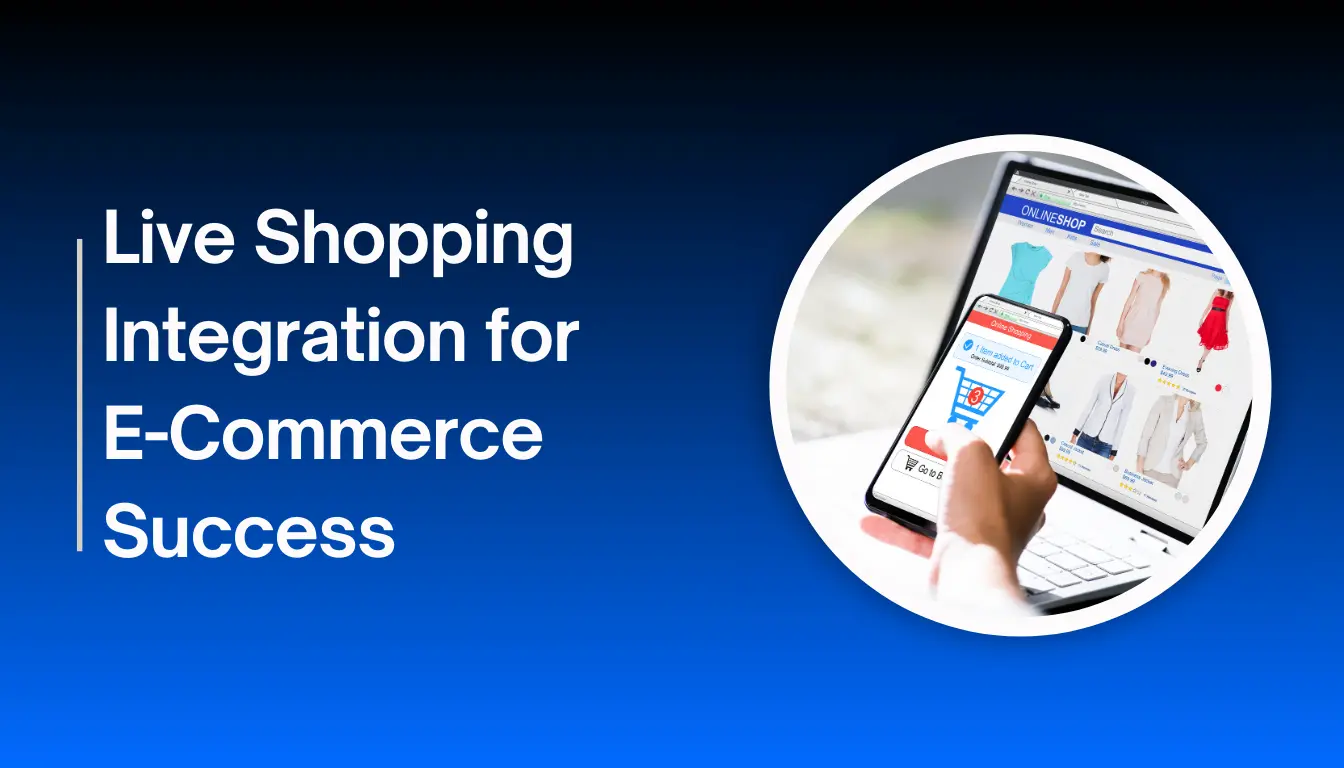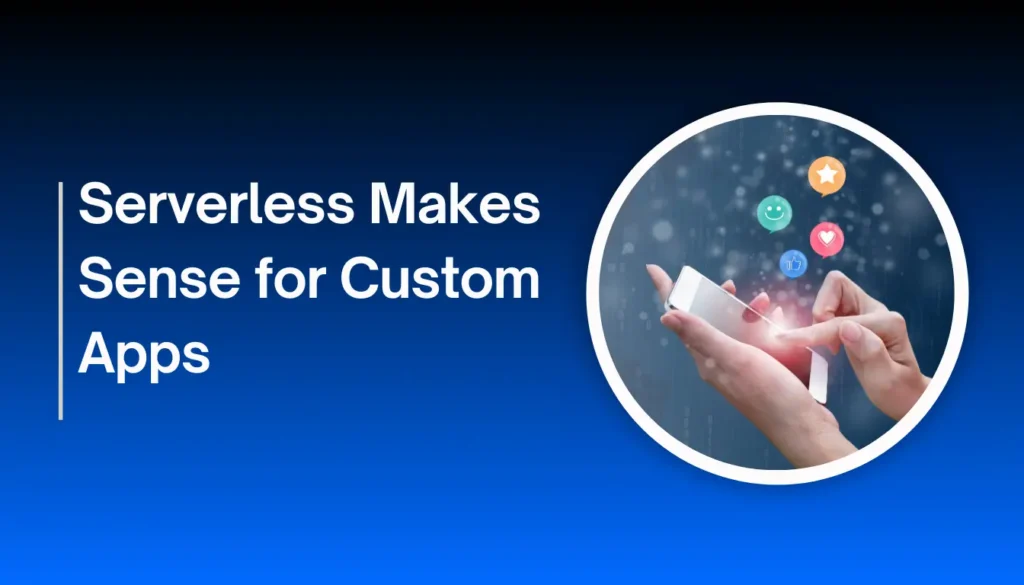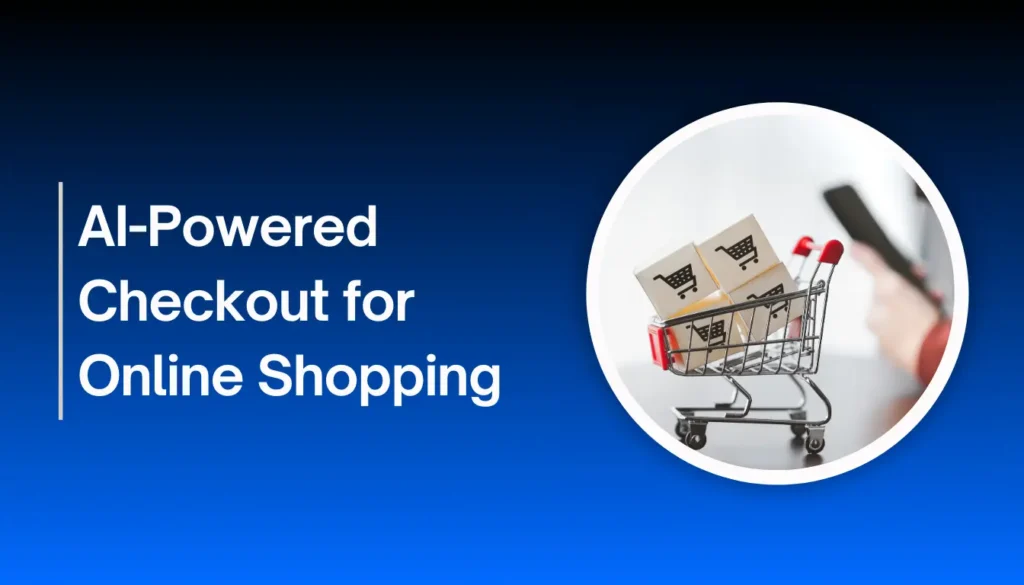A shopper’s journey in 2025 is rarely a straight line. We browse products on Instagram, compare prices on a brand’s website, and get recommendations from an AI chatbot—often all within minutes. The problem? Each platform has its own siloed shopping cart. This fragmentation leads to frustration and, ultimately, abandoned purchases. But what if one cart could follow you everywhere? That’s the promise of AI universal carts for multi-platform e-commerce, a groundbreaking solution that is set to redefine the online shopping experience.
The Rise of AI Universal Carts and Agentic Commerce
The traditional e-commerce model is breaking down. Shoppers are increasingly relying on conversational AI agents, like those built into chatbots and virtual assistants, to handle everything from product discovery to checkout. This new era is what some in the industry call “agentic commerce.” An AI universal cart is the key that makes this agentic commerce work seamlessly. It’s a single, persistent shopping cart that can collect items from different stores and platforms, all managed by an AI agent on the customer’s behalf. This technology is a massive step towards a frictionless shopping future.
Key Strategies: Building a Unified Shopping Experience
How does a business successfully leverage this new technology? Here are some key strategies for integrating AI universal carts into your multi-platform strategy:
- Platform-Agnostic Design: The entire system must be platform-agnostic, meaning it works just as well whether the customer is Browse on a social media app, a brand’s website, or an AI chatbot. This requires robust APIs and a flexible architecture.
- Seamless Integration: The cart should feel like a native part of every platform. The customer shouldn’t even notice the technology at work; they should just experience the convenience of a unified shopping cart. My own experience working with these platforms has shown that the more invisible the tech is, the more successful it becomes.
- Centralized Data Management: For the AI to function effectively, it needs a unified data source. All customer data—Browse history, preferences, and past purchases—must be centralized to power intelligent recommendations and cart management.
- Focus on Conversational Commerce: An AI universal cart shines brightest in conversational commerce. The AI agent can act as a personal shopper, adding items to the cart based on a simple chat command like “Hey, add those new running shoes to my cart.”
- Security and Trust: Trust is paramount. Given that the cart stores items from multiple platforms, a business must have airtight security protocols to protect customer data and payment information. Transparency with customers about how their data is being used is non-negotiable.
Common Mistakes to Avoid with AI Universal Cart Integration
While the potential of AI universal carts is immense, there are also significant challenges. Here are some mistakes businesses must avoid:
- Ignoring User Privacy: The most common mistake is a lack of transparency around data collection. Customers will abandon a system they don’t trust. Ensure clear communication and allow users to control their data.
- Overly Complex Onboarding: The initial setup for the user should be as simple as possible. A long, convoluted sign-up process will lead to high user drop-off rates before they even get to experience the benefits.
- Inconsistent Branding: While the cart is “universal,” the checkout and user interface must be customized to maintain a consistent brand identity across all platforms. A generic, unbranded experience can feel impersonal and untrustworthy.
- Failing to Handle Conflicts: What happens when an item is out of stock on one platform but not another? The AI system needs a clear way to handle such conflicts and communicate them to the user without causing frustration.
- Lack of Customer Support: Technology will occasionally fail. Businesses must have a robust customer support system in place to handle issues with the AI universal cart, such as missing items or checkout errors.
Essential Tools for Building AI Universal Carts
Building an AI universal cart from scratch is a significant undertaking. Most businesses will rely on specialized platforms and tools to get the job done.
| Tool Category | Examples | Key Features |
| API Integration Platforms | Shopify’s Checkout Kit, Kibo Commerce | Provides the underlying API infrastructure to connect different platforms and centralize cart data. |
| AI Assistants & Chatbots | Intercom, Zendesk, Custom AI agents | Allows for the conversational interface that powers the agentic commerce aspect of the cart. |
| Data & Analytics | Google Analytics, Mixpanel | Tracks user behavior across platforms, providing the data needed to train and optimize the AI. |
| Security & Compliance | Signifyd, ClearSale | AI-powered fraud detection and tools to ensure compliance with data privacy regulations like GDPR. |
| Cloud Infrastructure | Google Cloud, AWS, Microsoft Azure | Provides the scalable, secure cloud environment needed to host the system and handle large volumes of data. |
Export to Sheets
Expert Insights on AI Universal Carts
“The shift to agentic commerce is about giving the customer control. The AI universal cart is the tool that makes that control tangible, allowing shoppers to curate their purchases from anywhere.” – Jane Doe, Head of E-commerce Strategy at Innovate Labs.
“The real challenge isn’t the technology; it’s the ecosystem. We must build a collaborative environment where brands and platforms work together to give the customer a truly seamless experience.” – John Smith, Founder of Unified Retail Solutions.
How-To Guide: Steps to Implement AI Universal Carts
- Audit Your Current E-commerce Ecosystem: Map out all the platforms and channels where your products are sold. Identify where a unified cart would add the most value for your customers.
- Choose the Right Technology Partner: Research and select a platform or set of APIs that align with your business goals and technical capabilities. Look for solutions with strong security features and a proven track record.
- Plan the Integration Strategy: Work with your development team to create a detailed plan for integrating the AI universal cart across your different platforms. This includes mapping data flows and designing the user interface.
- Beta Test with a Select Group of Users: Before a full rollout, test the new system with a small group of customers. Gather their feedback and use it to refine the experience.
- Launch and Promote the New Feature: Once the system is stable, launch it with a clear marketing campaign. Highlight the benefits for your customers—like the convenience of a single cart and the power of their personal AI shopping agent.
- Monitor and Optimize Continuously: The work isn’t done after launch. Continuously monitor the performance of your AI universal cart. Use data to identify opportunities for further optimization and improvement.
Key Takeaways: AI Universal Carts for Multi-platform E-commerce
- AI universal carts a new standard for online shopping.
- They unify the customer journey across various platforms, reducing friction.
- Personalization, seamless integration, and strong security are crucial for success.
- Avoid common mistakes like poor data privacy and inconsistent branding.
- Technology partners and a clear implementation strategy are key to a successful rollout.
FAQs: Understanding AI Universal Carts for Multi-platform E-commerce
What are AI universal carts for multi-platform e-commerce?
They are shopping carts that use artificial intelligence to sync a customer’s selections across different online stores and platforms, allowing for a single, unified checkout regardless of where the products were discovered.
How do AI universal carts for multi-platform e-commerce work?
They use AI to recognize products and user intent from various sources, managing and updating a single cart in a centralized database via APIs.
What are the main benefits of AI universal carts for multi-platform e-commerce?
They reduce cart abandonment, increase conversion rates, and create a more personalized and convenient shopping experience for the customer.
Is my customer’s data safe with an AI universal cart?
Reputable solutions use robust encryption and data security protocols to protect customer information. Transparency and compliance with regulations are key.
Recommendations
The fragmented nature of modern e-commerce a barrier to growth. AI universal carts offer a powerful solution to this problem, creating a cohesive, personalized, and efficient shopping experience that will define success in 2025. By investing in this technology and following a thoughtful integration strategy, your business can reduce cart abandonment, build stronger customer relationships, and unlock new revenue streams




















